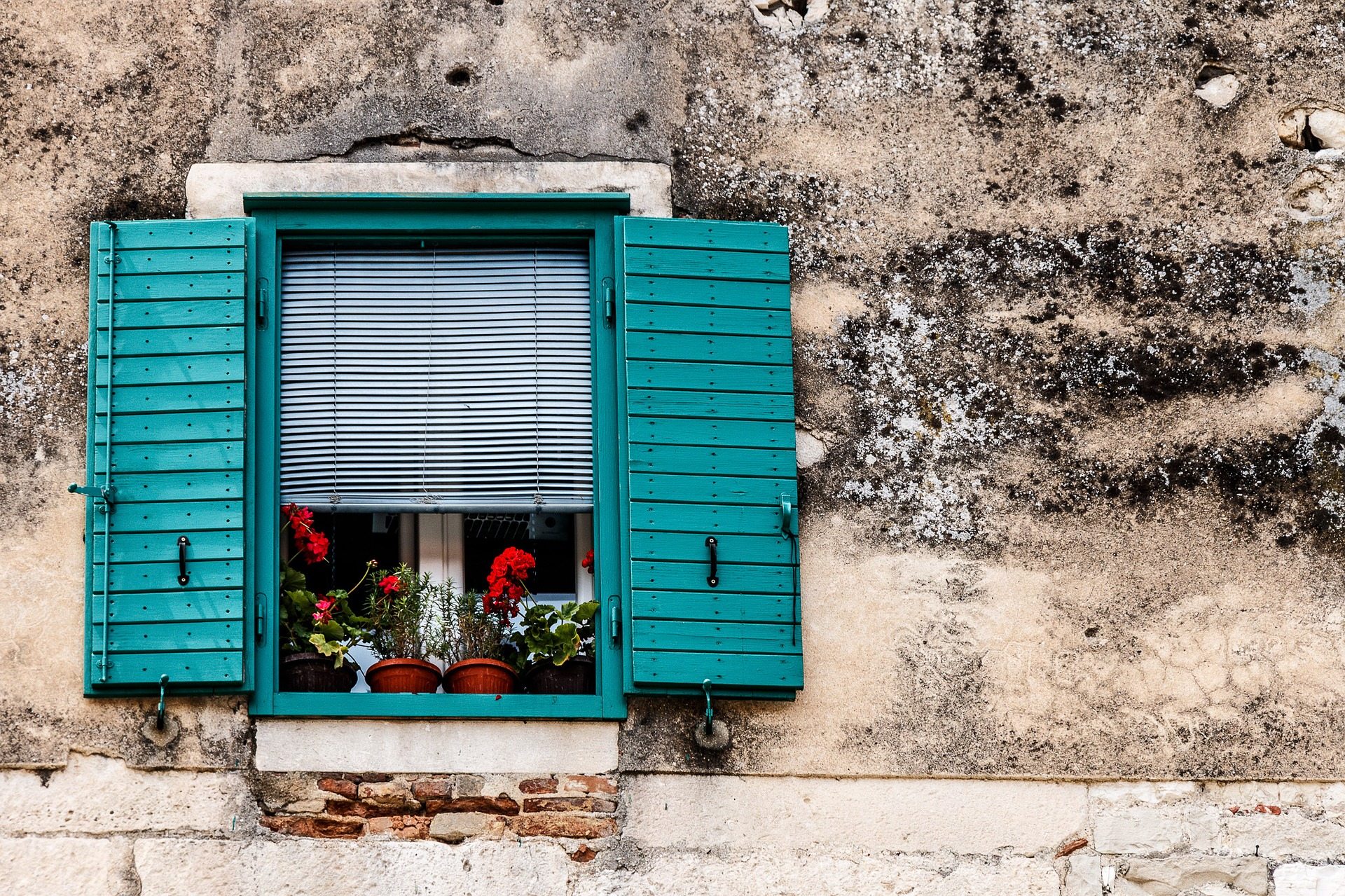British summers are notoriously fickle and expected to become more so as a direct result of climate change. While it’s critical we do as much as possible to avoid CO2 emissions that are exacerbating climate change, its also important to protect ourselves against the extremes that are already inevitable. A key part of this is to design to mitigate the risk of overheating.
Overheating is a topic we are often called to advise on, and since Greengauge started almost 7 years ago we’ve noticed a significant increase in discussion of overheating in homes. In this blog we will give a brief summary of current methods for assessment, and design strategies for best mitigation.
Assessment methods and criteria
The seminal work on thermal comfort is, “Thermal comfort: Analysis and applications in environmental engineering” by P. O. Fanger. This was the first method for quantifying thermal comfort of people in buildings at design stage.
CIBSE have proposed criteria for assessing overheating in Guide A. For dwellings, these are expressed as amounts of time that a threshold should not be exceeded. These are simply 28°C for living spaces and 28°C for bedrooms for 1% of the time. This means that over the period of a year, a bedroom would be considered to overheat if it exceeded 26°C for more than 88 hours (out of a 8760) This is a slightly crude measure and requires dynamic thermal simulation in a package such as IES or TAS to predict at design stage.
SAP contains a simple and crude overheating assessment, set out in Appendix P. This works on a static heat balance for the months of June, July and August, for which the average temperature is calculated. We would argue that the calculation makes a few bad assumptions and shortcuts to be meaningful, and for compliance purposes it is too easy to produce an unrealistically good result by increasing ventilation rates. Like other aspects of the SAP calculation, it may yield reasonably accurate results if enough effort is made to ensure the inputs are accurate, but in our experience, this is too often not the case. The amount of effort required is comparable to using better calculation methods.
The Passivhaus Planning Package uses a more refined static calculation method, which has been ‘calibrated’ using dynamic modelling. The Passivhaus criteria for overheating is that for no more than 10% of the time should the temperature exceed 25°C. The shading and overheating assessment within PHPP have been cited as it’s weakest areas, and while this might be true in relative terms, with careful use a design with moderate amounts of glass can be assessed with reasonable accuracy.
Before it was disbanded, the Zero Carbon Hub did some great work on pulling together and summarising a variety of information and raised the profile of the issue within the industry. http://www.zerocarbonhub.org/full-lib
In 2016, CIBSE published TM59, a comprehensive new set of criteria and methods for assessing of overheating in dwellings. The methods are largely based on the document’s commercial sibling, TM52, but with more detail about modelling of internal gains and use of weather files. The methods are based on the adaptive thermal comfort concept, which essentially means that we start to get used to warmer weather after a period. This requires dynamic thermal simulation again, and some more complex criteria that relate to a comfort temperature that changes over the year according to the prevailing weather.
All of these criteria can be a little difficult to understand, particularly the adaptive comfort methods. This doesn’t help when we building physicists need to explain what we’re doing to non-specialists, but unfortunately at this level it’s just a bit complicated. But in other ways, it’s quite simple.
Simple Principles and Design strategies
It all comes back to sensible design, guided by a few basice principles. If the inside of a building is getting heat added to it faster than it can get away, the temperature will increase. There are a finite number of ways heat can get into and out of a house, and it’s not difficult to bear these in mind during the design process.
Heat gains mainly come from some combination of solar gains through the windows, and internal gains such as body heat and ‘waste’ heat from lights, appliances and hot water systems. Solar gains can be controlled by careful design of windows and shading. Although it might be necessary to use dedicated ‘brise-soleil’ or similar shading devices, deep external reveals, and judicious placement of balconies can also be useful. The more glazing there is, the harder it is to shade; Alan Clarke and the Passivhaus Trust suggest around 15-25% window area compared to floor area as a rule of thumb. Although South-facing windows are the worst culprit, other orientations can cause problems too. East and West facing windows can catch a lot of sun in the morning and evening which is hard to shade because of the low sun angle. All orientations including North will attract diffuse solar gains, which can add a surprising amount. This is analogous to getting sun burnt on a cloudy day. Skylights and glass roofs can also add large amounts of solar gain. The trend for large expanses of glass, visible on the pages of the most popular design magazines and websites, is undoubtedly increasing overheating risks. Such designs can be beautiful, but the practical implications, of which overheating is just one, are seldom mentioned by the style gurus. The tumblr feed “Happy Facades/Unhappy facades” is a great collection of good and bad designs, and the latter often comes down to simply too much glass in all the wrong places.
Some internal gains are outside of the control of designers, e.g. cooking, but others are very much part of our remit. Hot water systems and communal heating systems are known culprits for dumping excess heat, but simple design strategies can minimise this. Avoiding secondary circulation loops and communal heat mains within dwellings, and adopting the AECB water standards are the most common examples. Happliy, such strategies often help reduce energy consumption at the same time – it’s all about minimising waste heat.
Sometimes thermal mass is presented as a silver bullet, but unfortunately this is seldom the case. In our experience, a little thermal mass goes a long way, but it never cures a bad case on its own. Even simply doubling up on plasterboard in a timber frame house can make a noticeable difference. When designing in thermal mass, it’s important to ensure there’s plenty of surface area for it to work – spread it around as wide and thinly as possible. For example, doubling up on dense concrete blocks is unlikely to make a significant difference. The other problem with thermal mass is that you have to cool it down enough overnight for it to be useful the following day. In some circumstances, cooling the mass sufficiently would involve making the dwelling uncomfortably cold overnight. The Passivhaus community suggest a maximum difference of 3°K between day time and night time to avoid this problem. That means it might be 26°C during the day and 23°C at night.
It’s also important to ensure building users are able to get heat out, which usually means natural ventilation. Every habitable room should have at least one openable window. Often, external factors may reduce the ability to naturally ventilate, for example a noisy, polluted street. Alongside the heat-island effect, this can make urban dwellings harder to protect. In such cases, it’s especially important to reduce internal and solar gains. It is possible to use mechanical ventilation to remove heat but the amount of air required is usually greater than that for winter ventilation (for humidity and IAQ control), so much larger fans and ducts may be required.
No matter what assessment method we use, it’s most important to remember these basic principles and use them to guide the design process from feasibility stage onwards. It can be a frustrating for both designers and assessors to try to remedy a problem dwelling late in the design process! A variety of assessment methods and criteria are available and as usual with anything to do with modelling, it’s horses for courses – different tools are most suitable for different jobs. The best results are acheived by properly considering these issues in the early stages of a project. We’re always happy to get involved early on, where a little advice can make a big difference to the final result.





